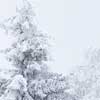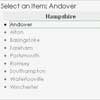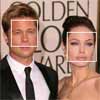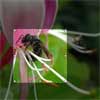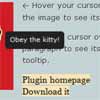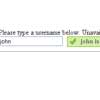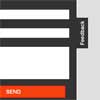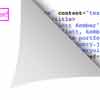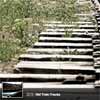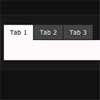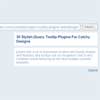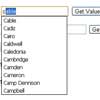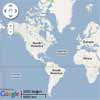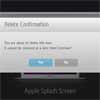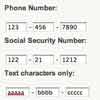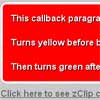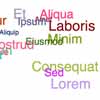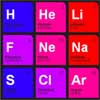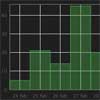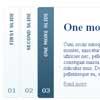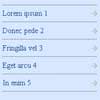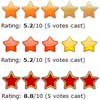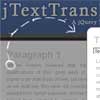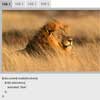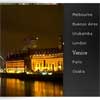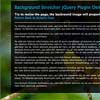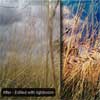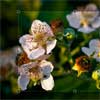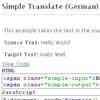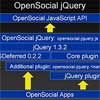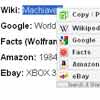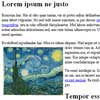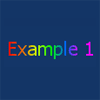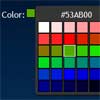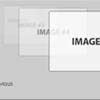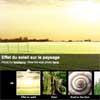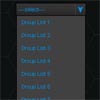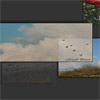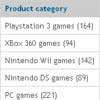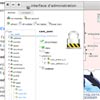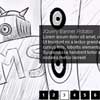jquery.filterjitsu.js
Filterjitsu is a jQuery plugin to filter DOM elements based on search query params in the URL. It filters simply by data attributes, making few assumptions on the structure of your DOM.
There are many ways to filter data on the backend before serving it to the client. Filterjitsu is specifically meant to be used on cached HTML pages served from a CDN, relieving filtering from the backend and allowing for fast page loads.
Demo
https://fullscreen.github.io/filterjitsu/
or
$ python -m SimpleHTTPServer 3000Navigate to http://localhost:3000
How to use
The filterjitsu plugin is initialized by being called off of jQuery.fn (or $.fn). The plugin accepts an options object which will override the defaults defined within the plugin.
Filterjitsu assumes a few things about the HTML and the URL structure on the page which it is initialized. The DATA_FILTERABLE selector is required on each item that can be filtered, and for that reason it is the best jQuery selector to initialize the plugin with (but this is up to you). The filterable items are filtered based on key value pairs provided in the search query parameters of the url that match data attributes on the filterable elements. For example, a URL with the search query ?filter-type=video&filter-genre=comedy would filter all elements that did not have the data-filter-type="video" or data-filter-genre="comedy" data attributes. It is important to note that the url parameters form a boolean OR when filtering out filterable elements.
Filterjitsu expects encoded URLs. Encoding can be done using a language library such as those suggested in this stackoverflow post. This is done to percent encode reserved characters in URLs. The unencoded URL format would look as follows:
?filter-type=music&filter-genre=rock&roll and after properly encoding it changes to:
?filter-type=video&filter-genre=rock%26roll The data-count attribute can be applied to any elment and will be updated with the current number of elements displayed on the page after the main list of filterable elements ahve been filtered. A value can be assigned to data-count to give context for the count number. For instance data-count="item" will render X items in the html text after filterjitsu runs.
The data-alert attribute can be applied to an element and it will be populated with an alert with a description about the visible elements based on how they were filtered. A value can be assigned to data-alert to give context for the alert text.
Below is an example of how filterjitsu could be structured in HTML and initialized in javascript.
<!-- links to change url and cause filtering --> <a href="/">Clear filters</a> <a href="?filter-type=Water">Water Items</a> <a href="?filter-type=Land">Land Items</a> <a href="?">All</a> <!-- items to be filtered --> <div data-alert="item"></div> <div data-count="item"></div> <div> <div data-filterable data-filter-type="Water">Surfboard</div> <div data-filterable data-filter-type="Land">Skateboard</div> <div data-filterable data-filter-type="Water">Skimboard</div> <div data-filterable data-filter-type="Water">Paddleboard</div> <div data-filterable data-filter-type="Land">Rollerblades</div> <div data-filterable data-filter-type="Land">BMX Bike</div> </div> <!-- filterjitsu plugin --> <script> $.fn.filterjitsu({ // plugin options here }); </script>Plugin Options
Filterjitsu.defaults = { /** * jQuery selector for all filterable elements * @type {String} */ DATA_FILTERABLE: '[data-filterable]', /** * jQuery selector for field to show count * @type {String} */ DATA_COUNT: '[data-count]', /** * jQuery selector for info * @type {String} */ DATA_ALERT: '[data-alert]' };Development
The development file lives under src/jquery.filterjitsu.js. To develop, first run npm install to install the devDependencies.
$ npm install $ ./node_modules/.bin/gulp ... edit jquery.filterjitsu.js ... look in terminal for gulp output as you save $ python -m SimpleHTTPServer 3000 ... test in [browser](http://localhost:3000)Testing with Karma + Jasmine-jQuery
The test files live under the test directory. Karma is used as the test runner and jasmine + jasmine-jquery is the bdd framework.
Each test should have its own spec file and a matching fixtures html template. Tests should be concise. Limit the number of expect()s per it() block, this allows for clear test failure messages. Each it() block should have a clear title and describe exactly what is expected.
Execute the tests using gulp.
$ ./node_modules/.bin/gulp testVersioning
Versions will follow the semver format. All versions will be visible under releases with an updated changelog.


